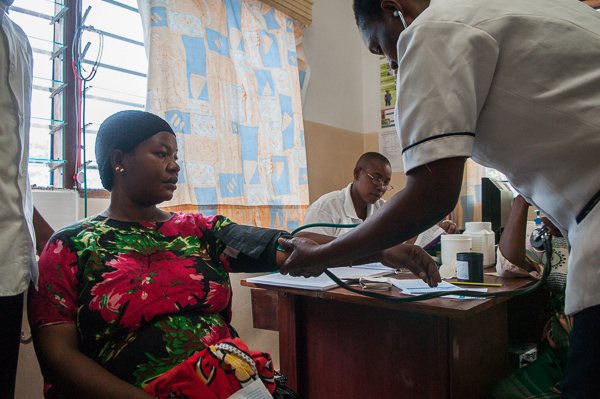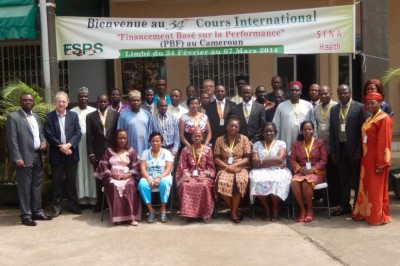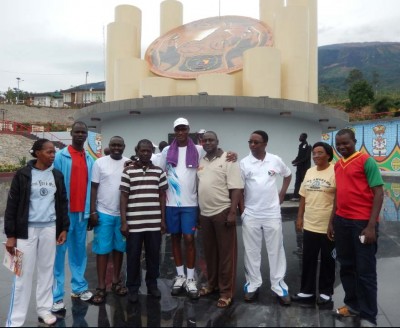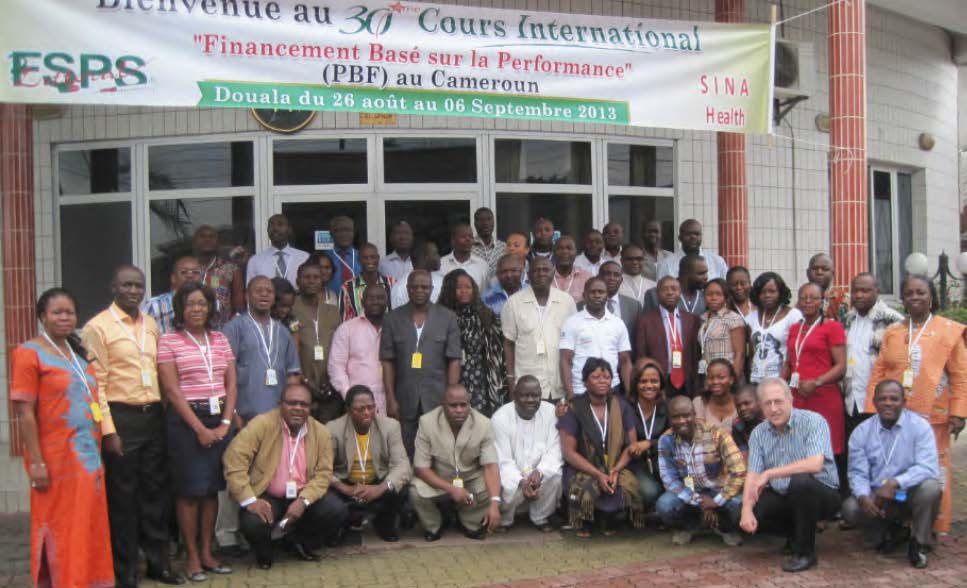By Robert Soeters and Godelieve van Heteren and comments from Frank van de Looij from Cordaid in reaction to the debate in the Community of Practice Health Financing
Performance-based financing approach is a health reform framework, which also promotes achieving universal health coverage and that could also be combined with different revenue collection and pooling mechanisms.
Different from other health financing mechanisms PBF focuses in the first place on improving the quality of service delivery, efficiency and sustainability. Health systems based only on tax revenues, government provision producing free health care or national obligatory insurance schemes often underestimate the impact of provider behaviour on the quality of care. Yet, we agree with the findings of a recent OXFAM UHC study at the COP PBF where they remind us about the poor effectiveness of voluntary insurance, a fact which health-financing experts have argued for years.
Already ten years ago, Bjorn Ekman wrote a groundbreaking and much quoted paper in Health Policy & Planning reviewing hundreds of peer reviewed and grey literature studies on voluntary insurance schemes (EkmanCommunityBasedHI2004). He selected 35 for an in-depth study and the conclusions were the following:
- There is strong evidence that voluntary health insurance provides some financial protection by reducing out-of-pocket spending for those who are members;
- There is weak or no evidence that schemes have an effect on the quality of care or the efficiency with which care is produced;
- The effects are small and schemes only serve a limited section of the population and there are also strong indications that they exclude the poorest and perhaps those most in need;

Household Survey team in DRC
SINA Health’s own engagement in 15 household studies over the last 20 years consistently demonstrates that: (1) The poorest groups in the studies are rarely members of voluntary insurance schemes and the schemes mostly benefited the relatively wealthy; (2) Insurance coverage rates rarely exceed 10% of the population; (3) Administrative costs are high and that the schemes are often maintained by external aid agencies; (4) The popularity of insurance schemes among aid agencies and NGOS may also be related to the slightly perverse incentive that external support for insurance schemes mainly finances research and administrative costs and not so much direct support for patients or communities.
In short, there seems to be little future for stand-alone voluntary insurance schemes. Yet, insurance initiatives can co-exist with PBF schemes for those who can afford to pay a premium. These can be individuals or groups of people such as civil servants or company employees. In return, the members may for example receive a 75% discount on the fee payment for high quality health services. So the main objective of such insurance health-financing components would be financial risk sharing for the non-poor.
To solve the financial access problems for those who cannot afford to pay, there are a growing number of PBF projects that test more cost-effective targeting mechanisms of the vulnerable. These tax-based systems add indicators in the package such as “OPD consultation or a delivery for a vulnerable patient”. The health facility then receives a higher subsidy so that the patient only needs to pay a nominal or zero fees. Yet, the proportion of patients that can be exempted must be limited by a ceiling to prevent cost overruns and moral hazard.
Direct cost-recovery for those who can afford and do not wish to insure themselves should continue whether we like it or not. This is important to: (1) Generate sufficient health facility revenues to assure quality services; (2) Prevent inevitable informal fee payments when there are price ceilings, and; (3) Correct the common failures of government- and aid funding to assure stable health facility revenues.
 Large-scale obligatory insurance systems, which theoretically might be a good solution, may for the time being not be realistic in most developing countries in particular when there is a large informal sector. The obligatory insurance scheme in Rwanda has a good reputation but it should be stressed that this scheme is since 2005 built on top of the national performance based financing system.
Large-scale obligatory insurance systems, which theoretically might be a good solution, may for the time being not be realistic in most developing countries in particular when there is a large informal sector. The obligatory insurance scheme in Rwanda has a good reputation but it should be stressed that this scheme is since 2005 built on top of the national performance based financing system.
The integration of insurance components and indicators for the vulnerable within PBF is relatively easy to organise because it makes use of the already existing institutional set up for example of regional contract development and verification (CDV) agencies and therefore avoids the high administrative costs of stand-alone insurance, voucher or exemption schemes. The efficiency of PBF is also related to the fact that subsidies for outputs (a delivery or a child fully immunised) are not based on real-cost reimbursement (such as in insurance) but on an equilibrium subsidy to be negotiated with the assumption that health facilities already benefit from other revenues such as government fixed budgets, and direct fee paying. This provides the flexibility to maintain quality, efficiency and sustainability.
Finally, the forthcoming Cordaid study on UHC in Fragile and Transition States confirms that heterogeneity of financing methods is required. It emerges from the Cordaid study that a new kind of political commitment and connectivity with community-needs is adamant. UHC is no business as usual. It requires innovative approaches like PBF that leave sufficient manoeuvring space to local policymakers, communities and service providers.
 The 34st PBF course organised by the Special Fund of Littoral and SINA Health finished the 7th of March, 2014 in Limbé, Cameroon.
The 34st PBF course organised by the Special Fund of Littoral and SINA Health finished the 7th of March, 2014 in Limbé, Cameroon.













